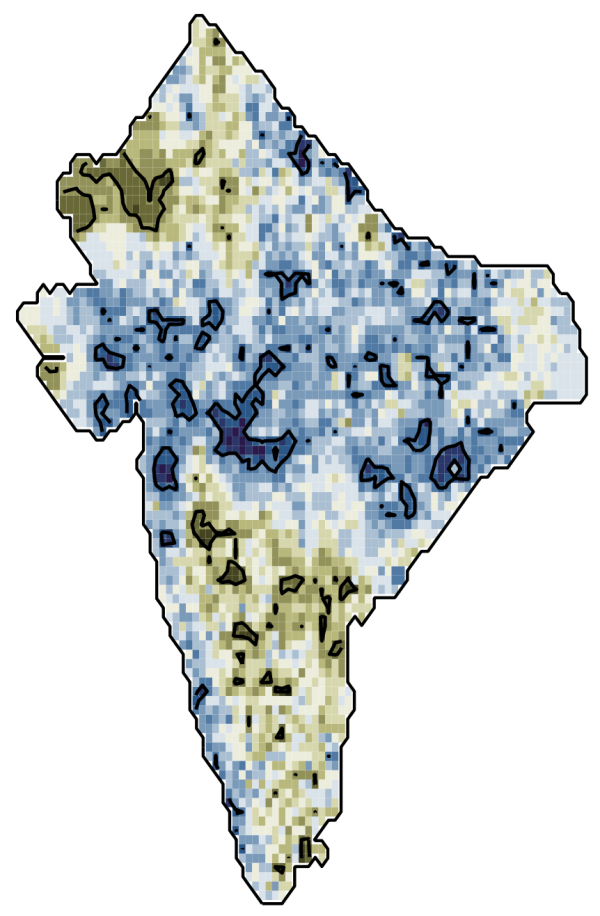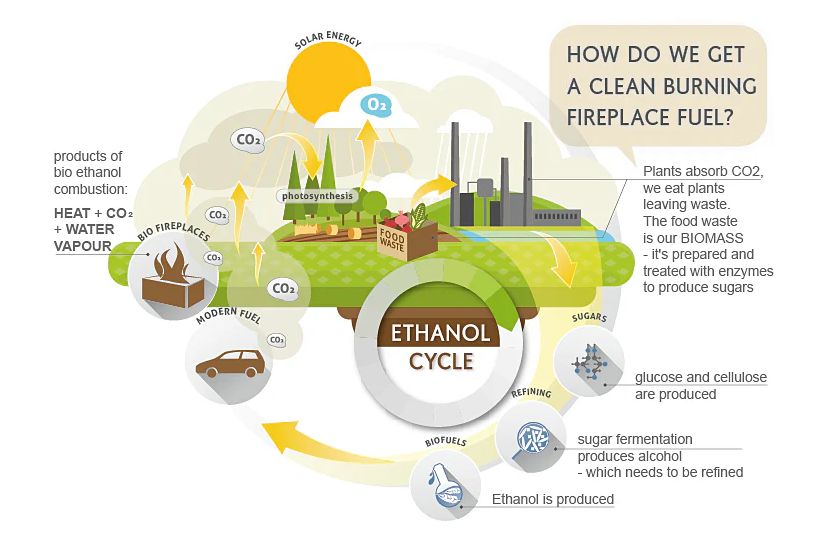Veterinary Sciences, Vol. 12, Pages 819: Prognostic Factors for Mortality Following Diaphragmatic Herniorrhaphy in Dogs and Cats: Multivariable Logistic Regression and Machine Learning Approaches
Veterinary Sciences doi: 10.3390/vetsci12090819
Authors:
Irin Kwananocha
Sirirat Niyom
Pharkpoom Budsayaplakorn
Suwicha Kasemsuwan
Wutthiwong Theerapan
Kanawee Warrit
This study aimed to explore prognostic factors for mortality in dogs and cats following traumatic diaphragmatic herniorrhaphy using both multivariable logistic regression, a traditional statistical method, and the random forest algorithm, a machine learning approach. Associations between demographic and clinical variables and mortality were examined. Overall survival was 78.8% (149/189), 77% (97/126) in cats and 82.5% (52/63) in dogs. Key findings revealed that chronic diaphragmatic hernia (DH) significantly increased the odds of death compared to acute cases (adjusted odds ratio (OR) = 4.01, 95% confidence interval (CI): 1.69–9.53). Elevated blood urea nitrogen (BUN) increased mortality (adjusted OR = 3.24, 95% CI: 1.22–8.57). Cox proportional hazards analysis revealed that chronic DH (adjusted hazard ratio (HR) = 3.31, 95% CI: 1.51–7.30) and elevated BUN (HR = 2.88, 95% CI: 1.23–6.77) were associated with increased one-year mortality risk. The random forest analysis reinforced these findings, identifying hernia duration (Gini importance: 1.90) and BUN (Gini importance: 0.94) as the most crucial predictors. Among chronic DH patients, 55% of those with elevated BUN experienced fatal outcomes based on classification and regression tree (CART) analysis. The consistency of random forest results with logistic regression strengthens the reliability of these prognostic insights for DH patients.
Source link
Irin Kwananocha www.mdpi.com


